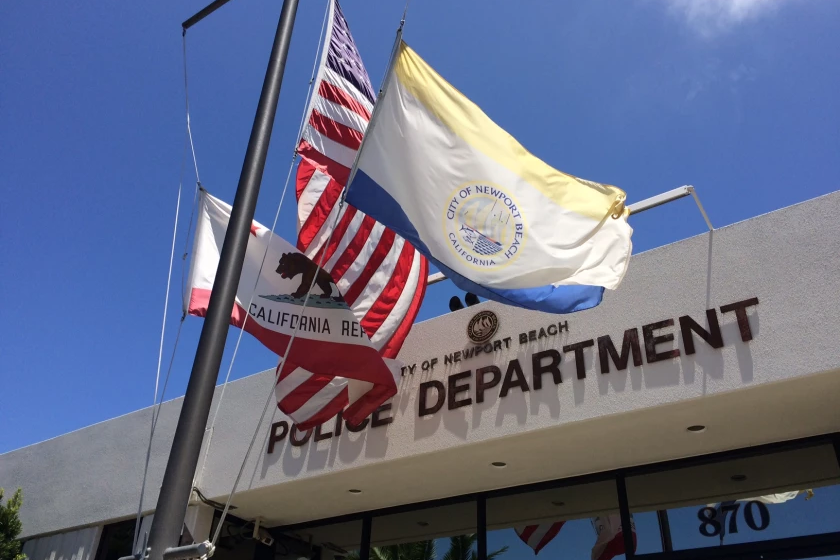More traffic cameras on the way
- Share via
Half a dozen more red-light cameras will spring up at Costa Mesa intersections within a few months, something city officials believe will help reduce accidents further than the existing cameras already have.
Since June 2003, the city has had 15 cameras monitoring the approaches to four intersections. The cameras record drivers who run red lights so they can be cited by police.
Seven more cameras at five locations are on the way as soon as the city finalizes changes to its contract with Nestor, the company that provides and maintains the cameras. The updated contract could come to the City Council for approval within a month, City Atty. Kimberly Hall Barlow said Monday.
New cameras likely will be placed both northbound and southbound on Harbor Boulevard at Gisler Avenue and South Coast Drive, southbound on Harbor at Baker Street, and at the intersection of eastbound Victoria Street and northbound Placentia Avenue, Costa Mesa Police Sgt. Rich Allum said.
Here’s how the existing camera system works: A camera records digital video of the approach to the intersection. It’s connected to computer software that predicts which cars will run the red light based on factors such as the cars’ speed and the length of the traffic light cycle.
The computer tells a strobe light to fire and the camera captures an image of the driver and then swivels around to show the license plate on the back of the car. Recordings of the violations are singled out for people to review and decide whether to send a citation.
Since the cameras were put in place, more than 34,000 citations have been issued, said Jeanette Chervony of the police department’s traffic bureau. They cost $346, but they’re apparently not a big moneymaker for the city — Allum said when you add the cost of renting the cameras and city personnel hours to check the violations and issue tickets, “it’s probably a wash.”
But Allum said the numbers show the cameras have reduced accidents. At existing monitored locations — Harbor Boulevard and Adams Avenue, Newport Boulevard at 17th and 19th streets, and Bristol Street and Anton Boulevard — collisions have gone from 53 in the year before the cameras went in to 36 in the year after.
The average number of citations issued each month has crawled downward also, Allum said.
“We expect it to decline because people are getting used to it being there and hence slowing down, not running the red light, not pushing it,” he said. “It’s like having a uniformed officer sitting out there most of the time, because people see the lights.”
All the latest on Orange County from Orange County.
Get our free TimesOC newsletter.
You may occasionally receive promotional content from the Daily Pilot.







